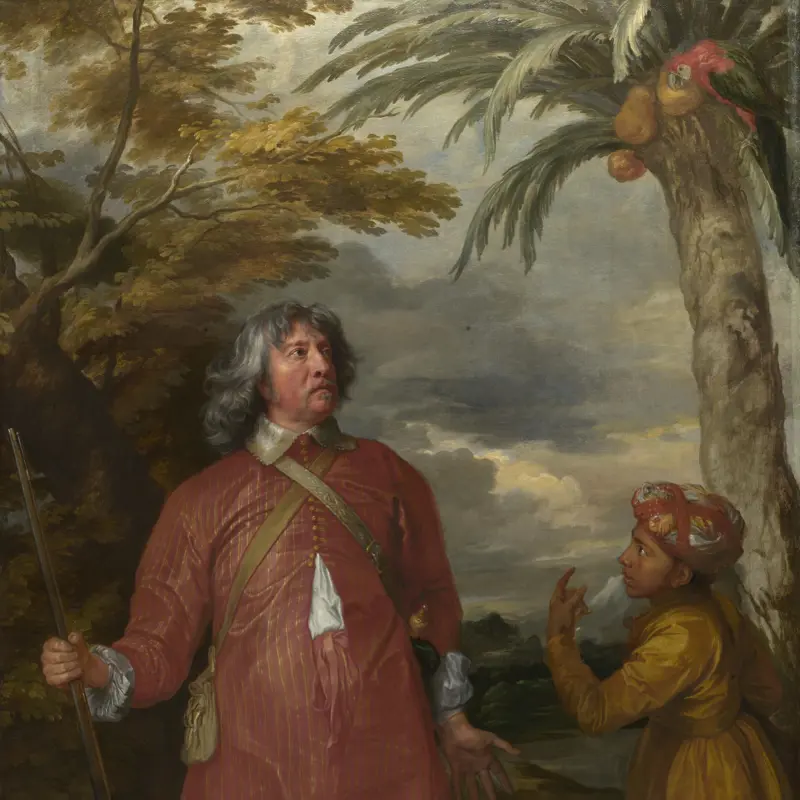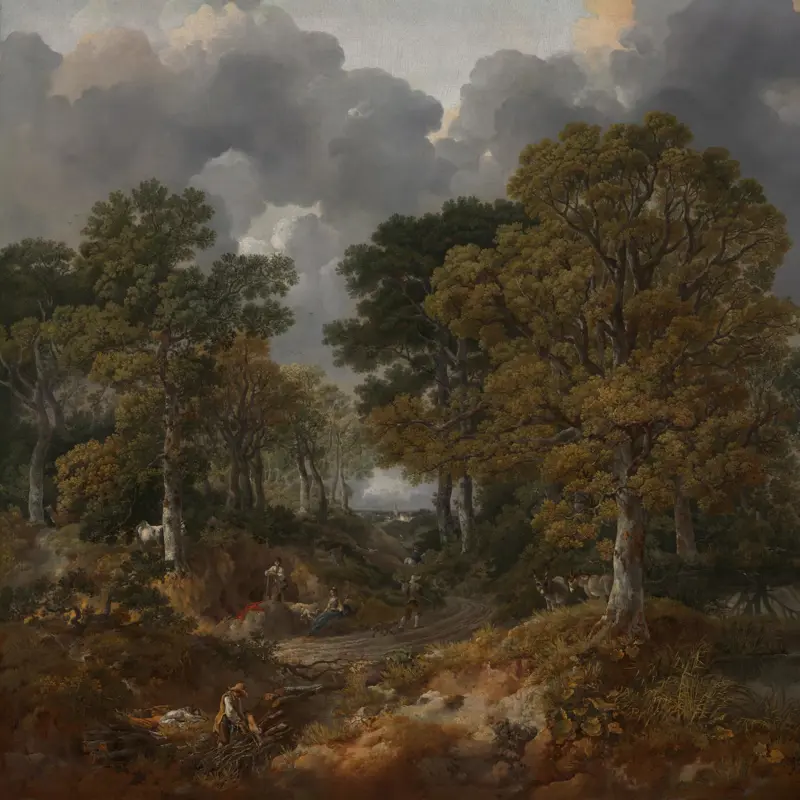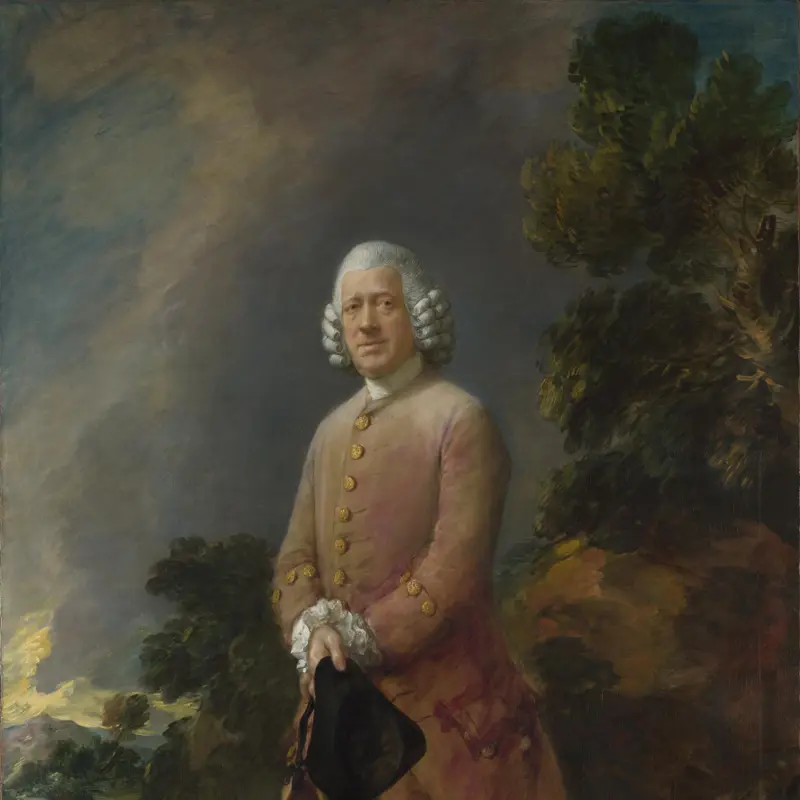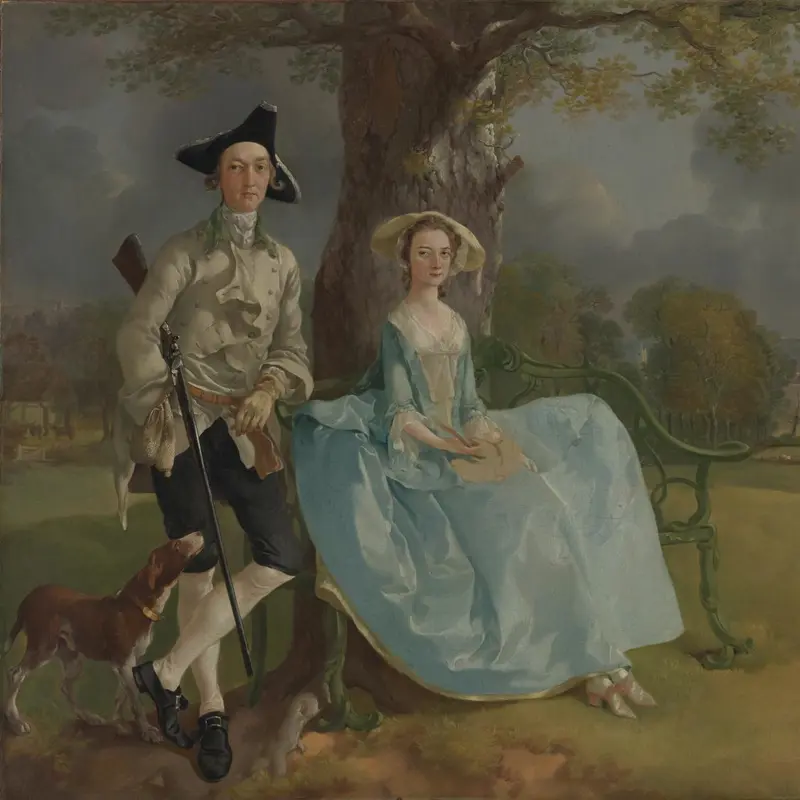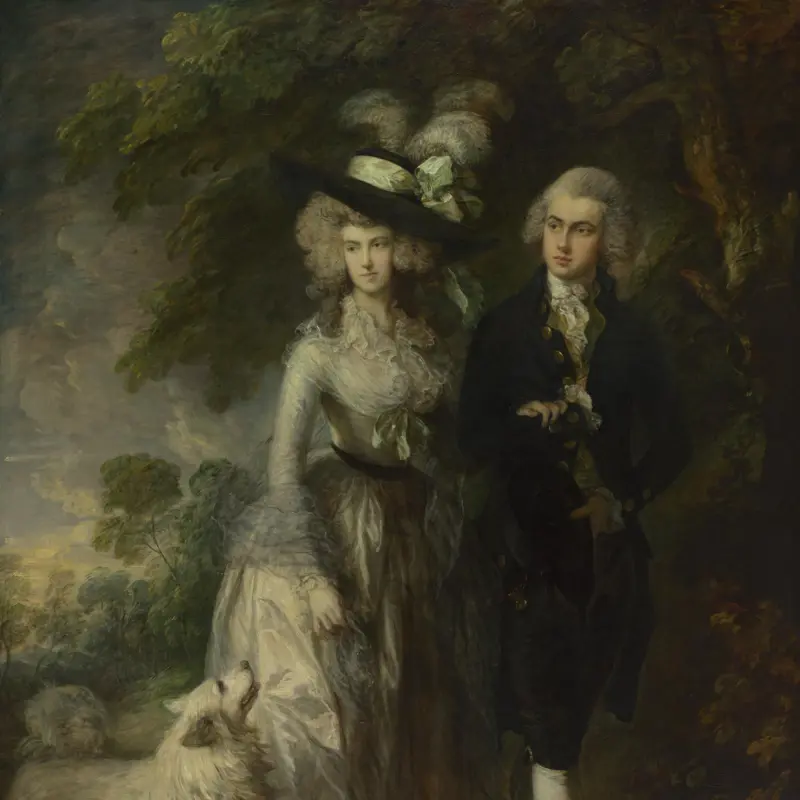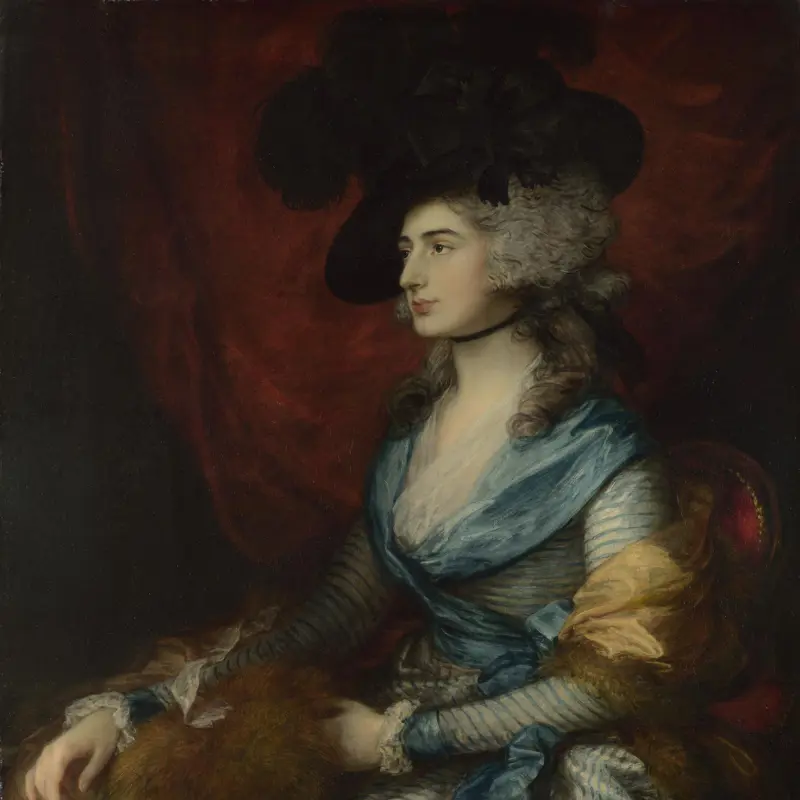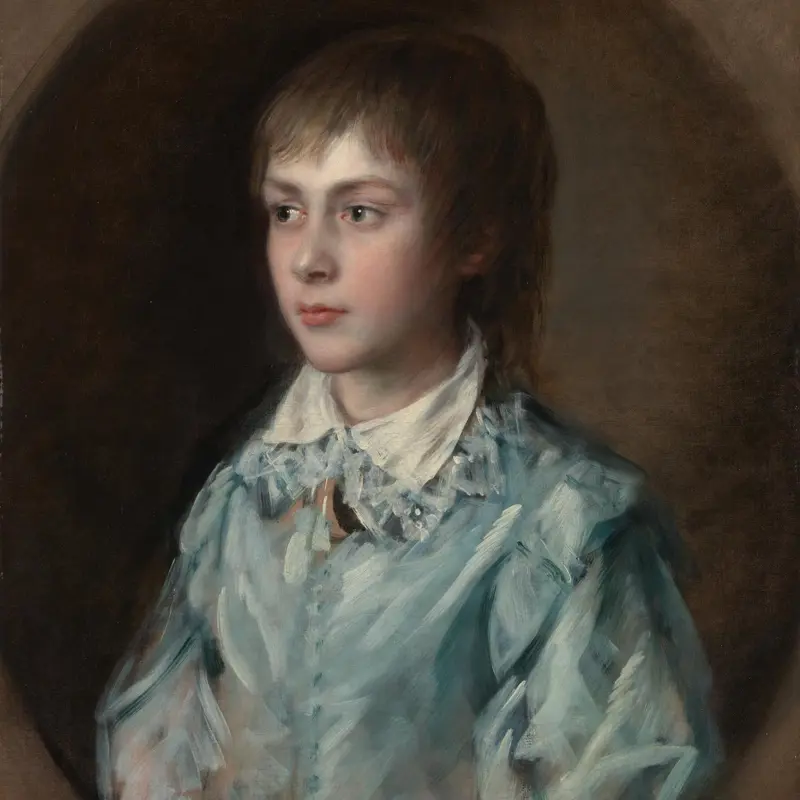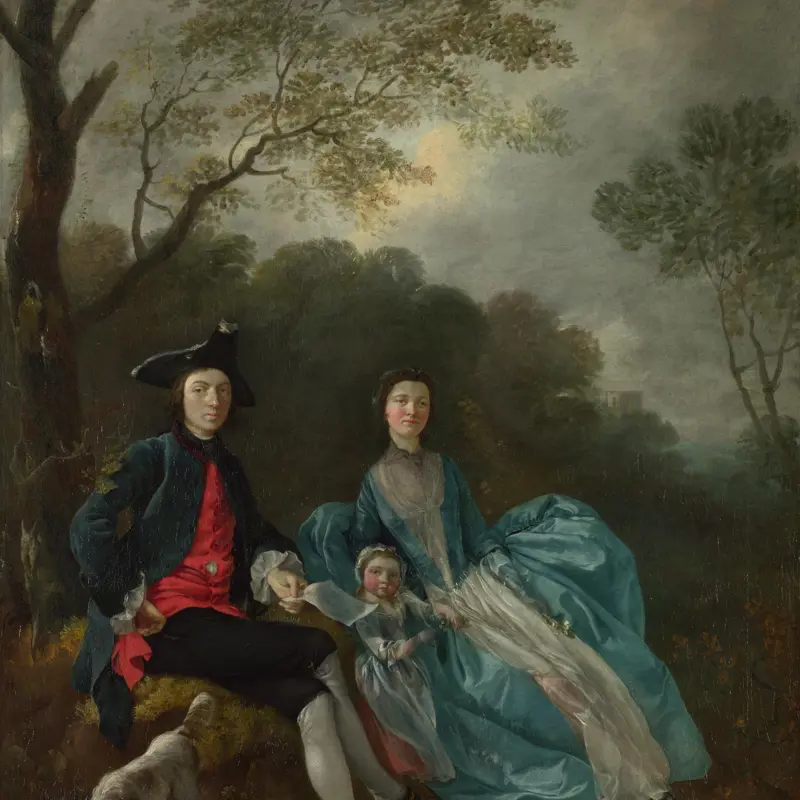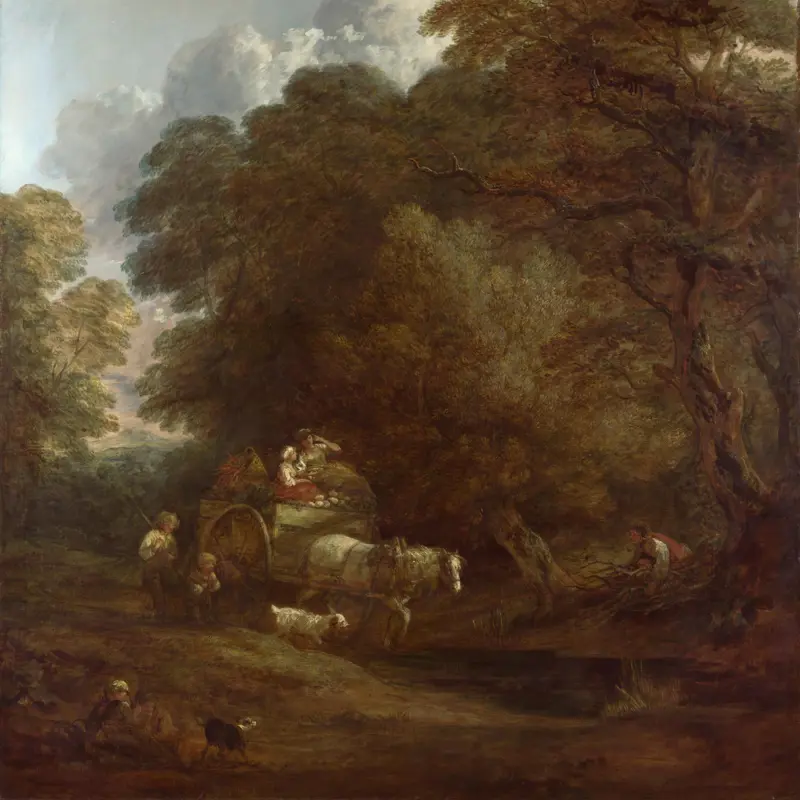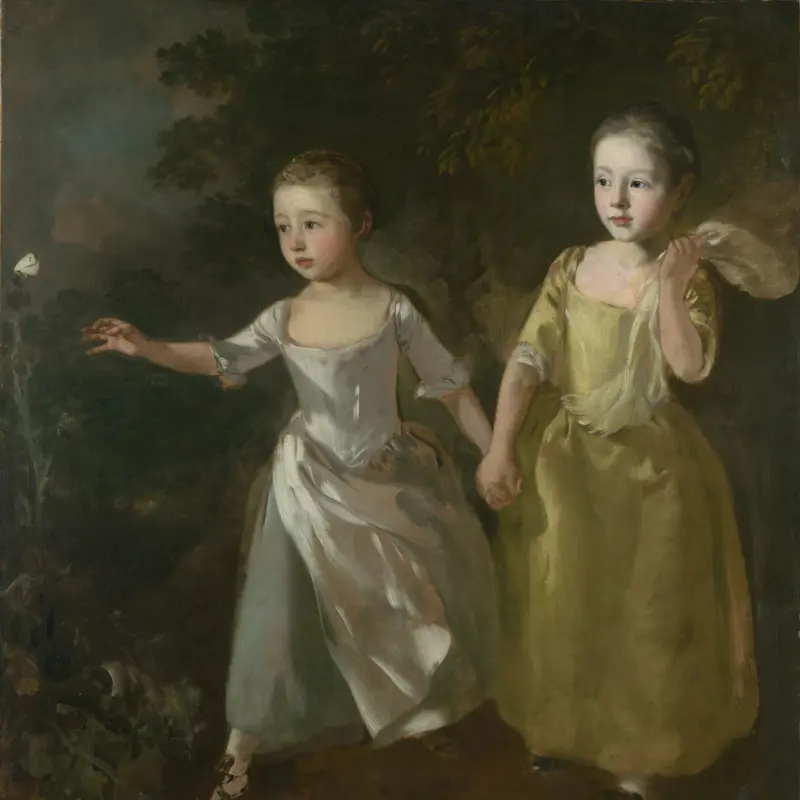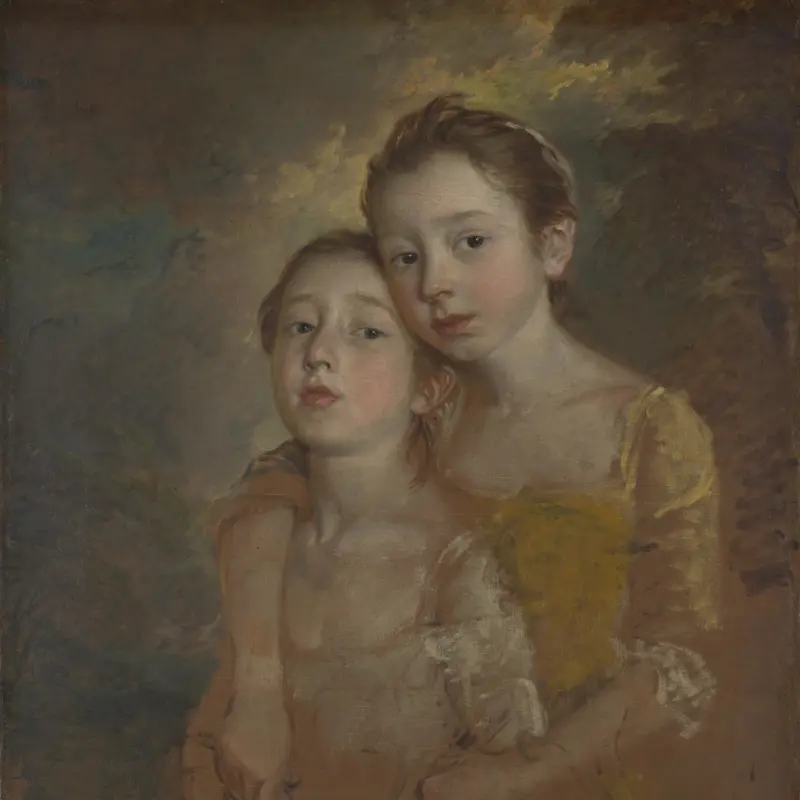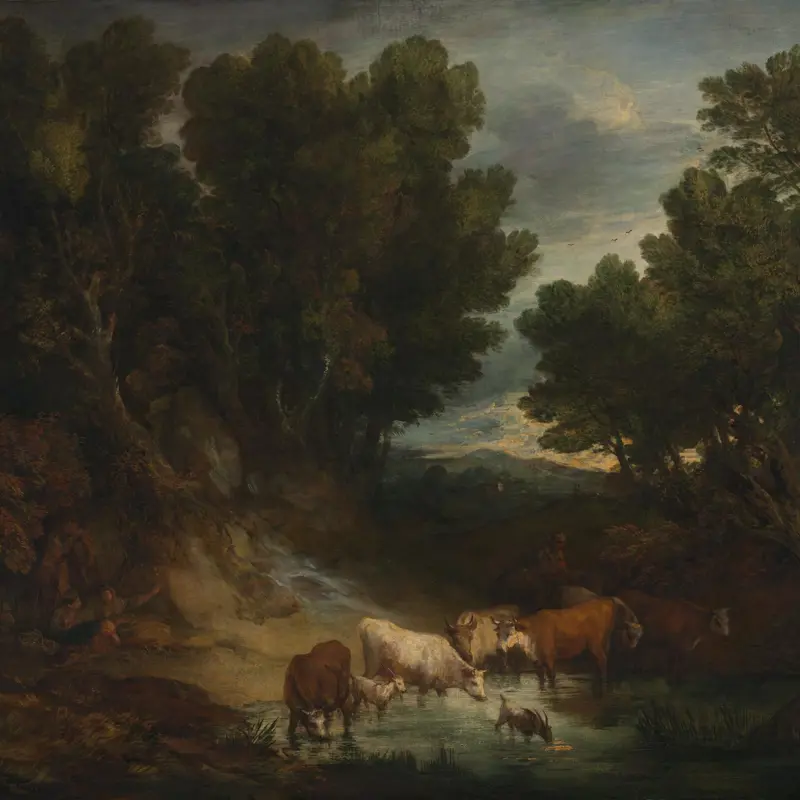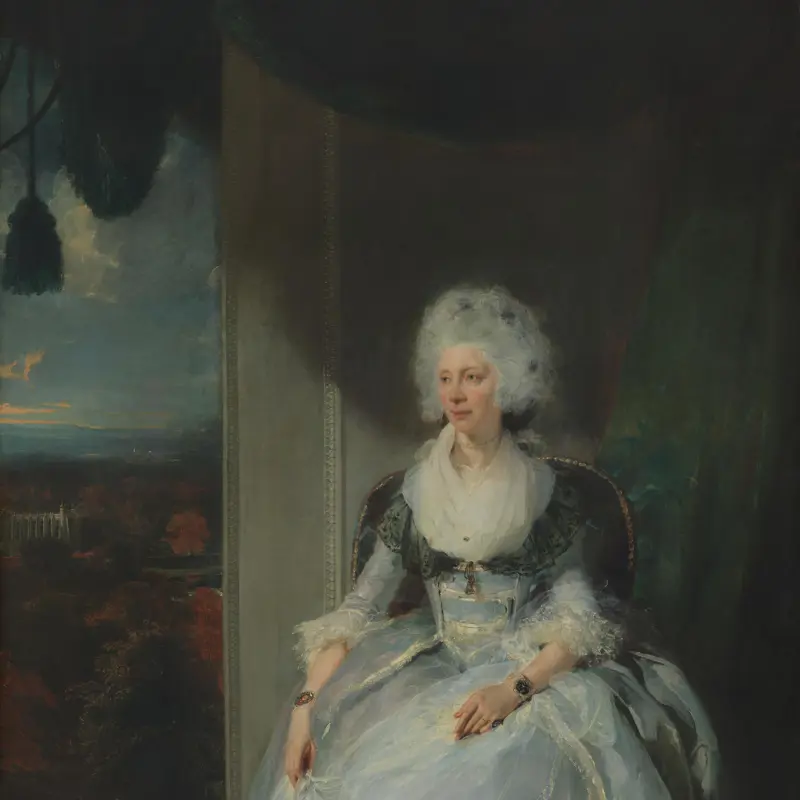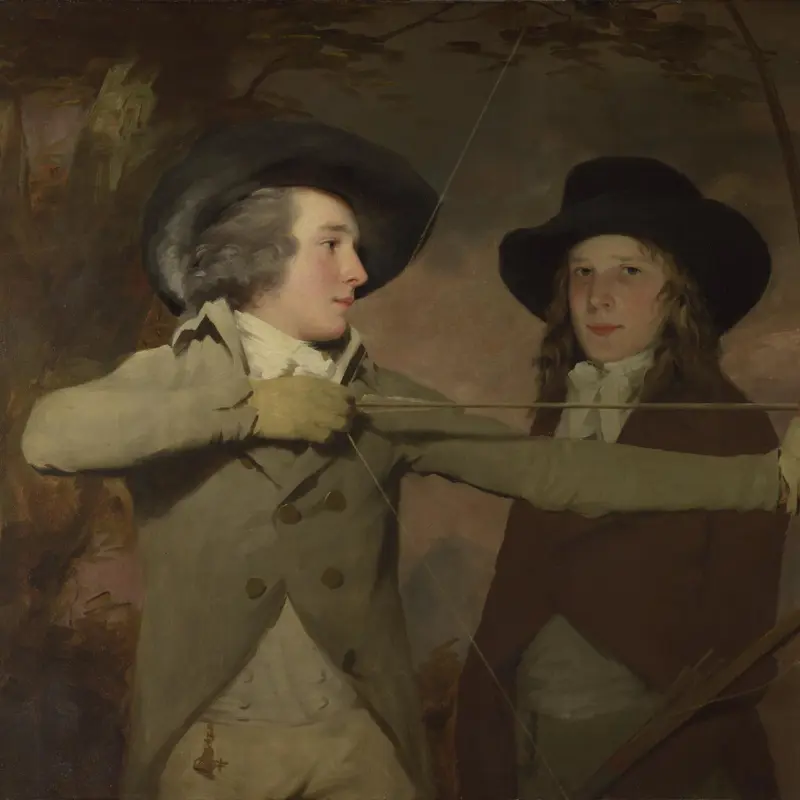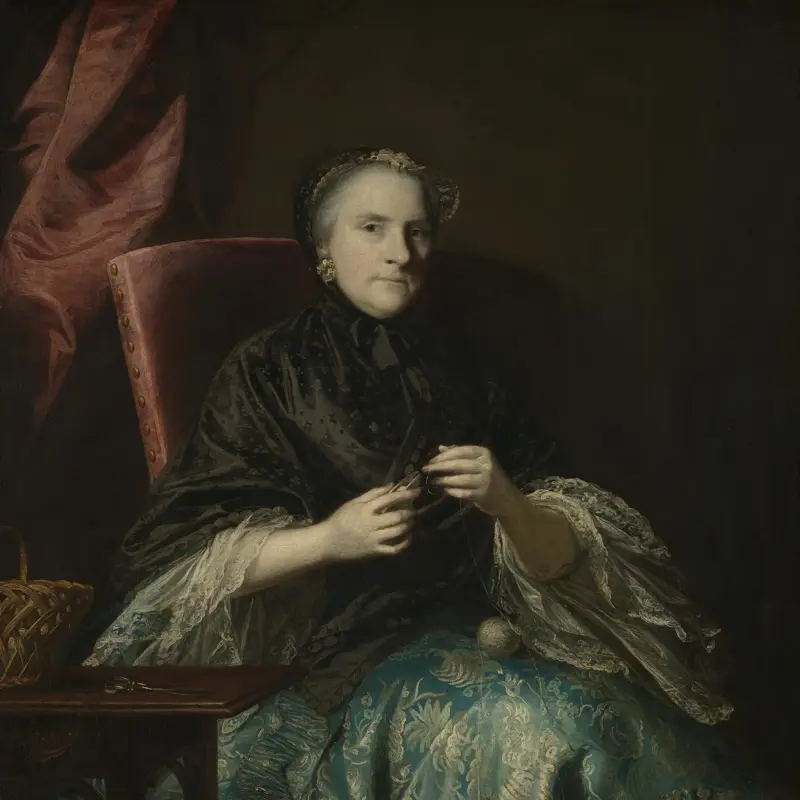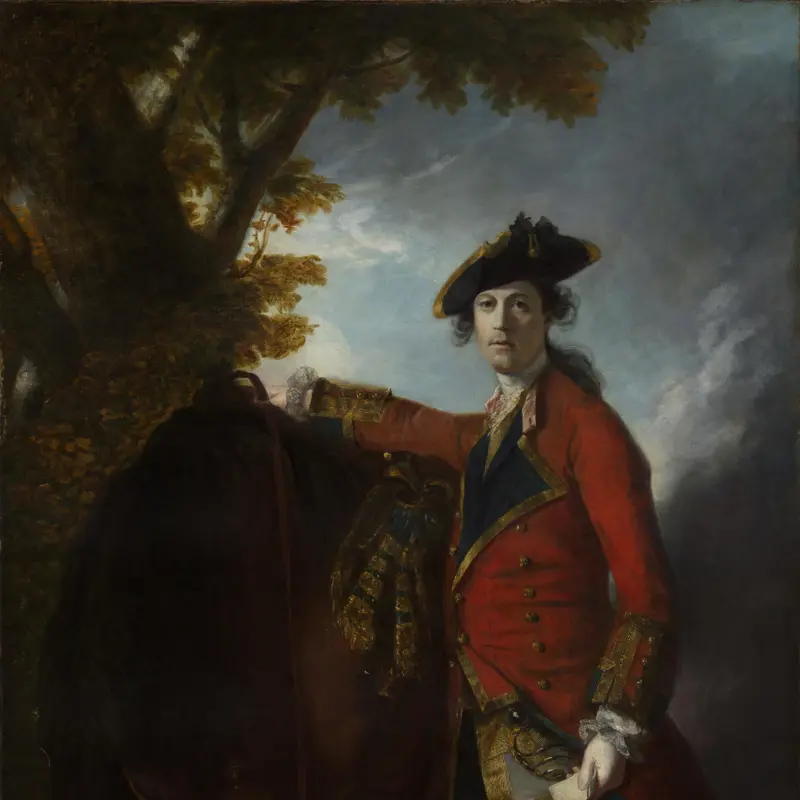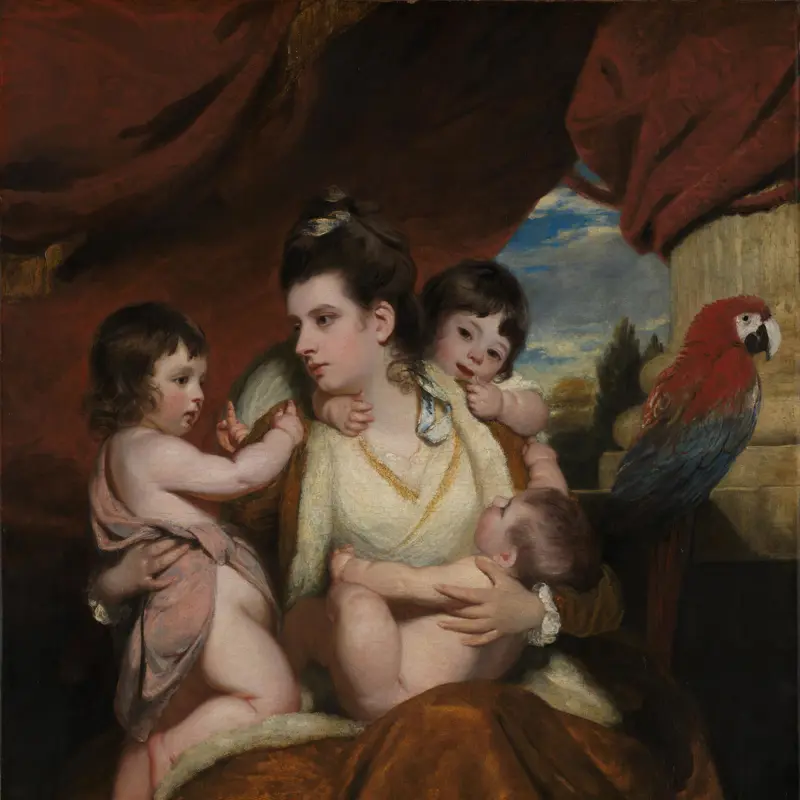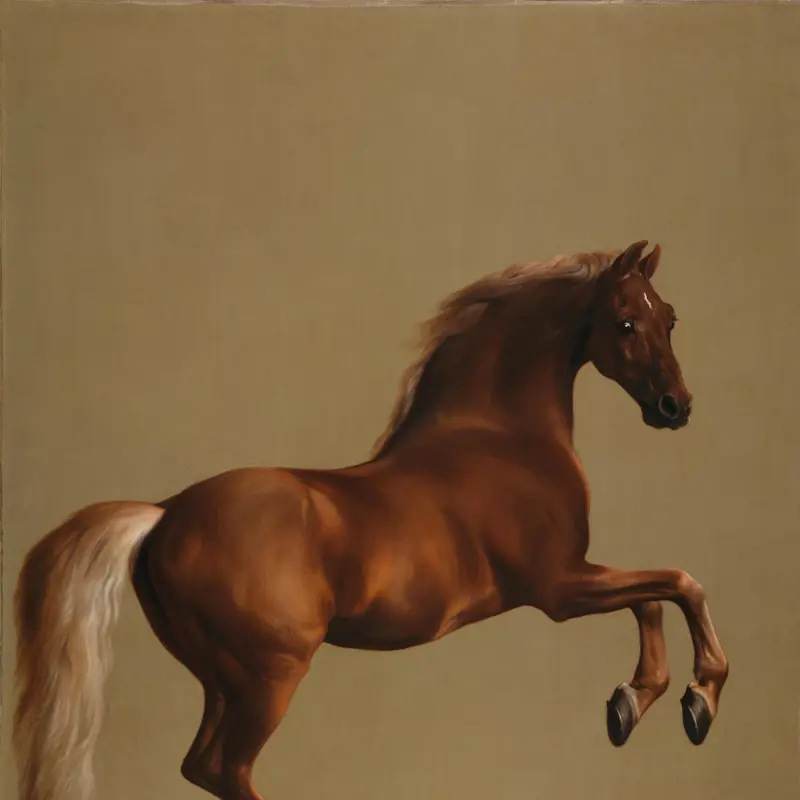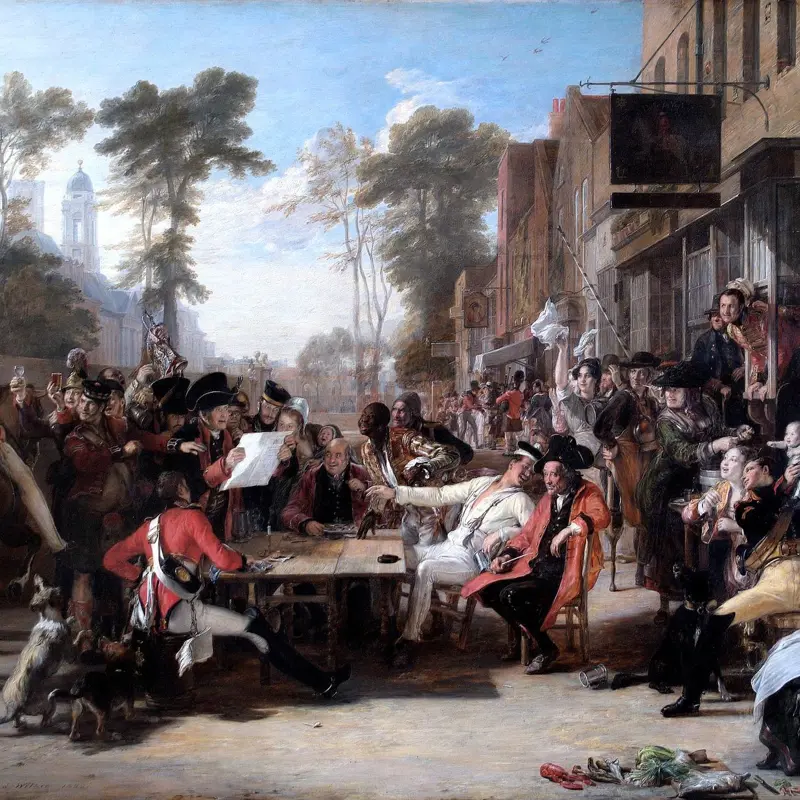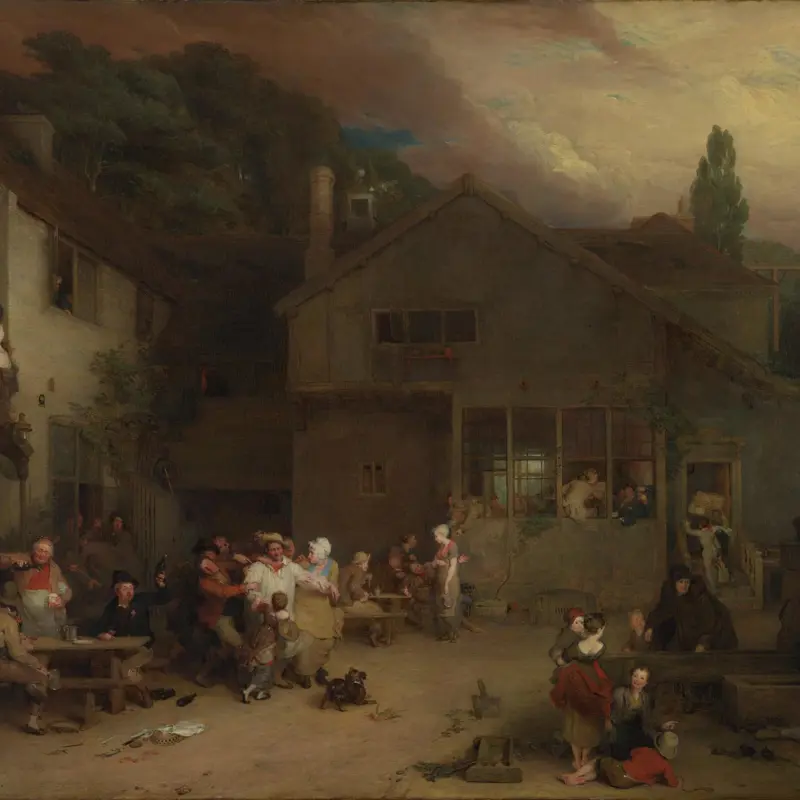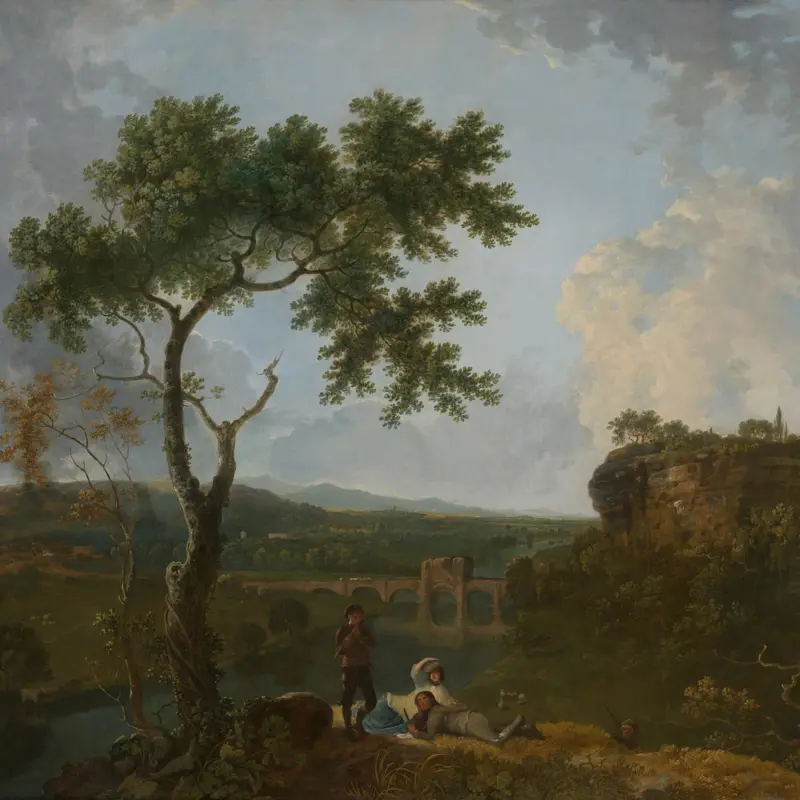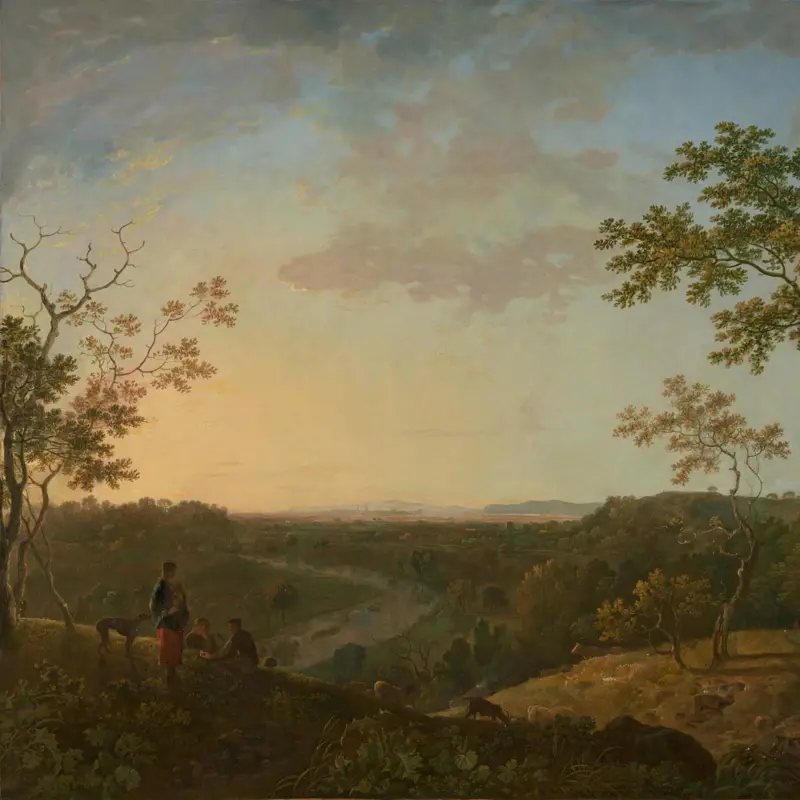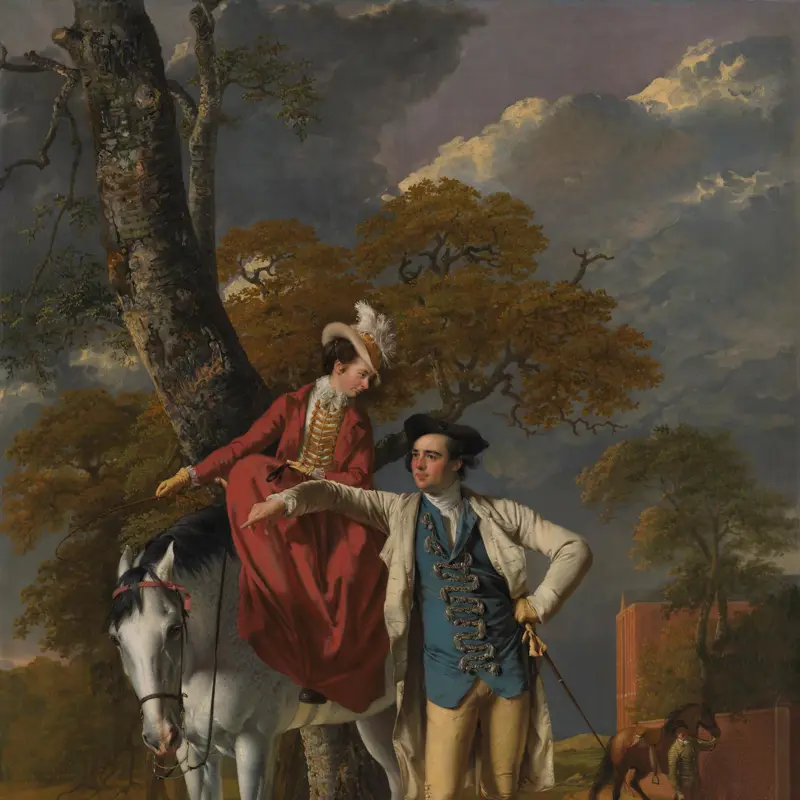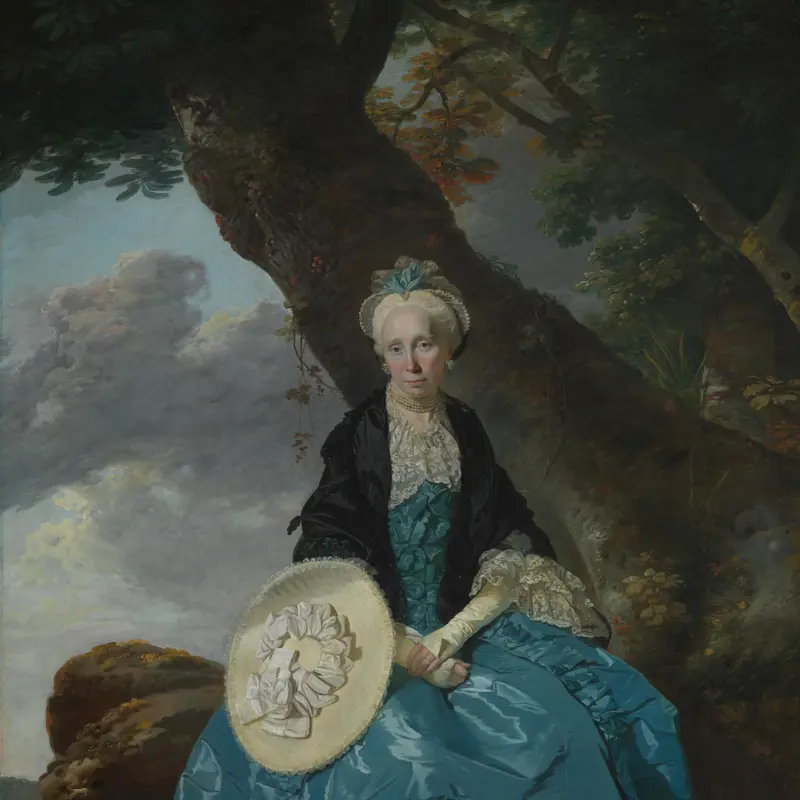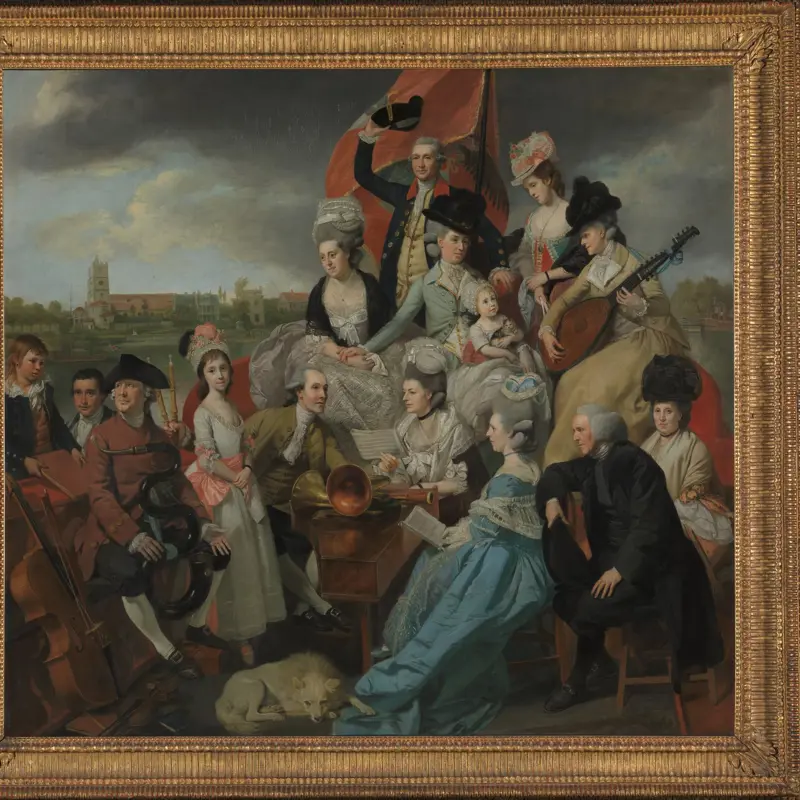Art created in Britain changed rapidly during the 18th century. The painter and engraver William Hogarth had argued that British artists were just as skilled as their international counterparts, many of whom were working in London. The founding of the Society of Artists of Great Britain in 1761 and the Royal Academy in 1768 provided professional training for artists, allowed them to exhibit regularly and to generate fresh ideas. This resulted in the emergence of a distinct British style.
British painters related their own work to the great European tradition, turning for inspiration to such celebrated Renaissance and Baroque artists as Titian (active about 1506; died 1576), Rubens (1577–1640) and Van Dyck (1599–1641). Sir Joshua Reynolds, Thomas Gainsborough and Sir Thomas Lawrence brought the grandeur of history painting to British portraiture.
Britain's control over its colonies, the ownership and trade in enslaved people, and related businesses contributed to its growing wealth and industrialisation. It was a time of philosophical enquiry, global exploration and scientific discovery. In art, George Stubbs studied the anatomy of horses through dissection, while Joseph Wright of Derby questioned the impact of modern science on society.


